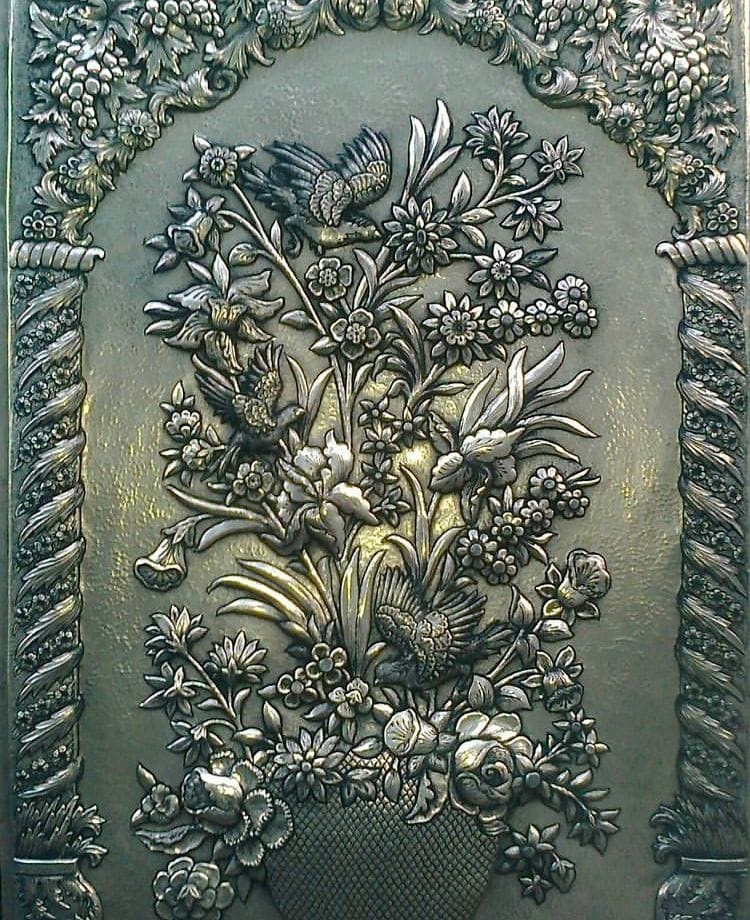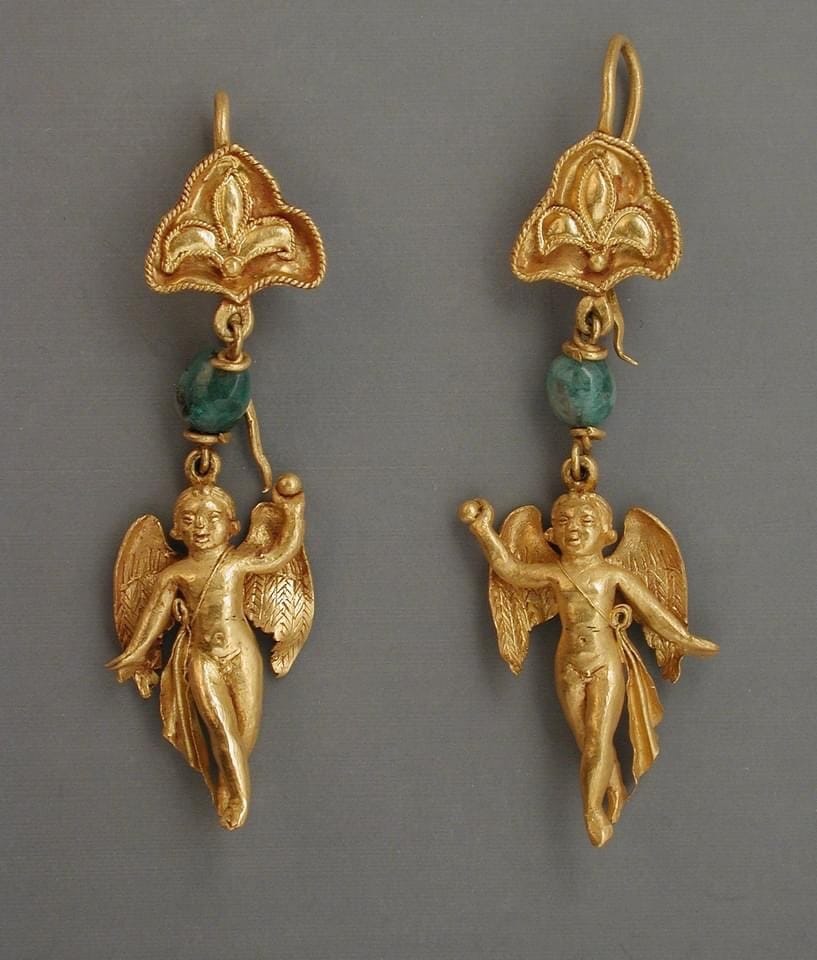14 Sep Cross-Stitch, A Gorgeous Embroidery developed from ‘X’ Stitches
Posted at 01:37h in Art, Artisan, Culture, DESIGN, Embroidery Series, History, Sustainability, Technique 0 Comments
[vc_row css_animation="" row_type="row" use_row_as_full_screen_section="no" type="full_width" angled_section="no" text_align="left" background_image_as_pattern="without_pattern" css=".vc_custom_1631589941015{padding-right: 15px !important;}" z_index=""][vc_column width="1/3" css=".vc_custom_1631800168153{padding-right: 15px !important;}" offset="vc_col-xs-12"][vc_single_image image="4741" img_size="full" add_caption="yes" qode_css_animation=""][/vc_column][vc_column width="2/3" offset="vc_col-xs-12"][vc_column_text]Cross-Stitch - The inspiration for this article came from our cross-stitch expert Shobha, who joined as our first full-time cross-stitch artisan in June 2021. Shobha has been practicing this craft for the past 17 years. When she was in her twenties, she joined the training group led by father, Colombus, and has never looked back. The crafts were introduced to her village by father Colombus almost 70 years before. Father Columbus visited India through a missionary and trained women in more than 25 villages.

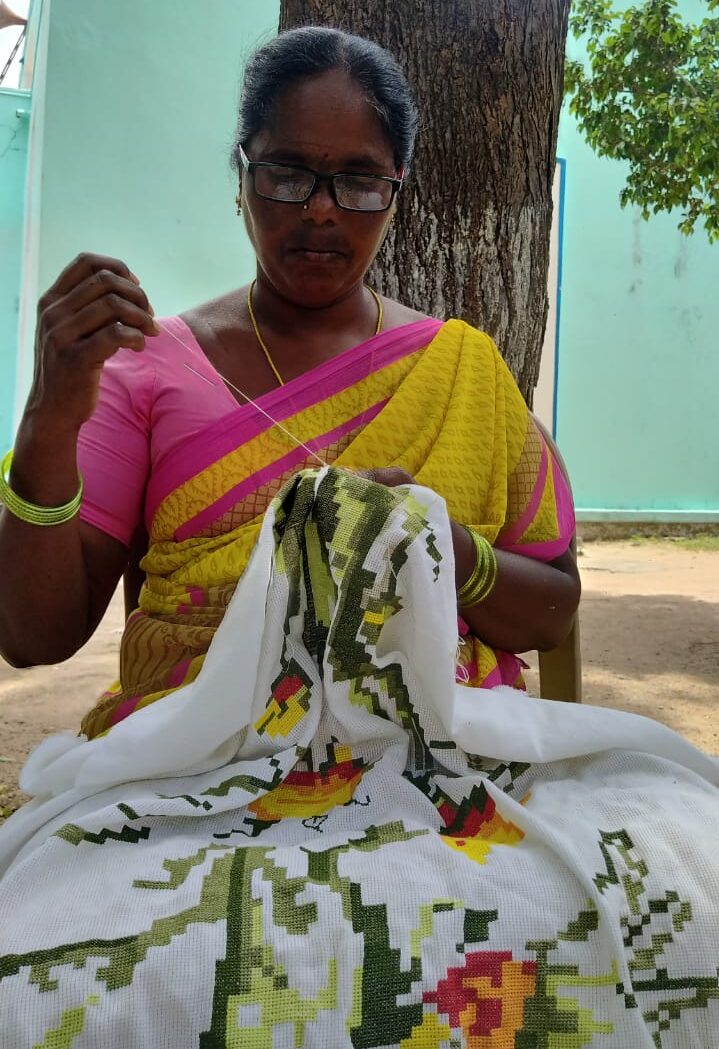
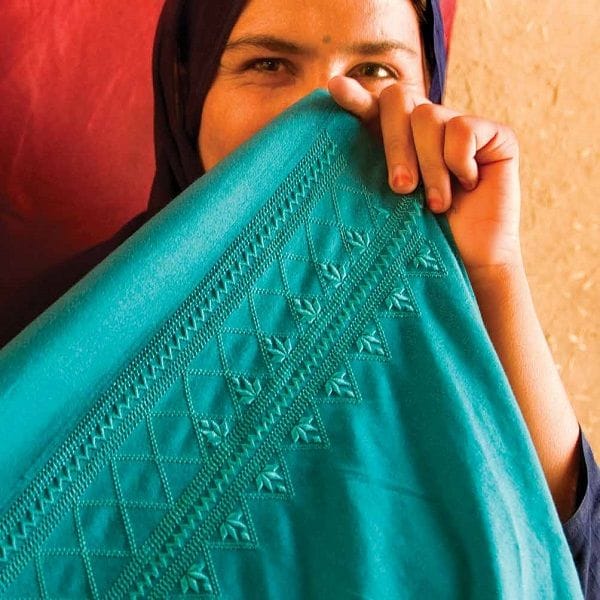
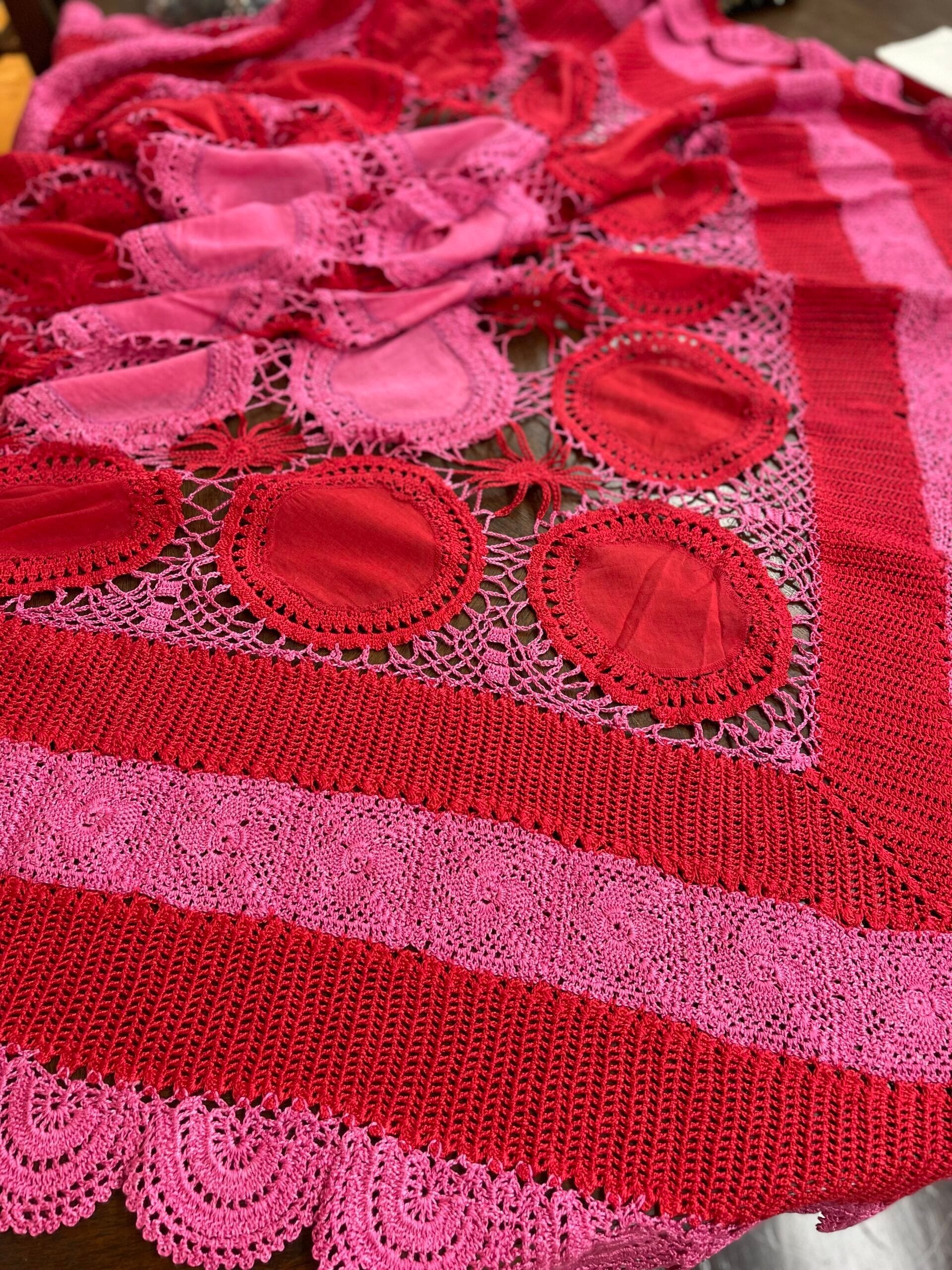

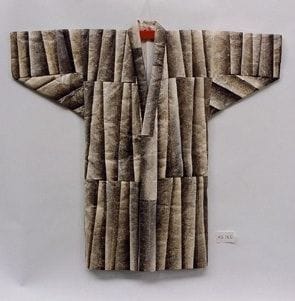
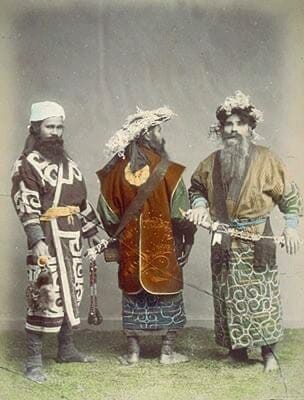
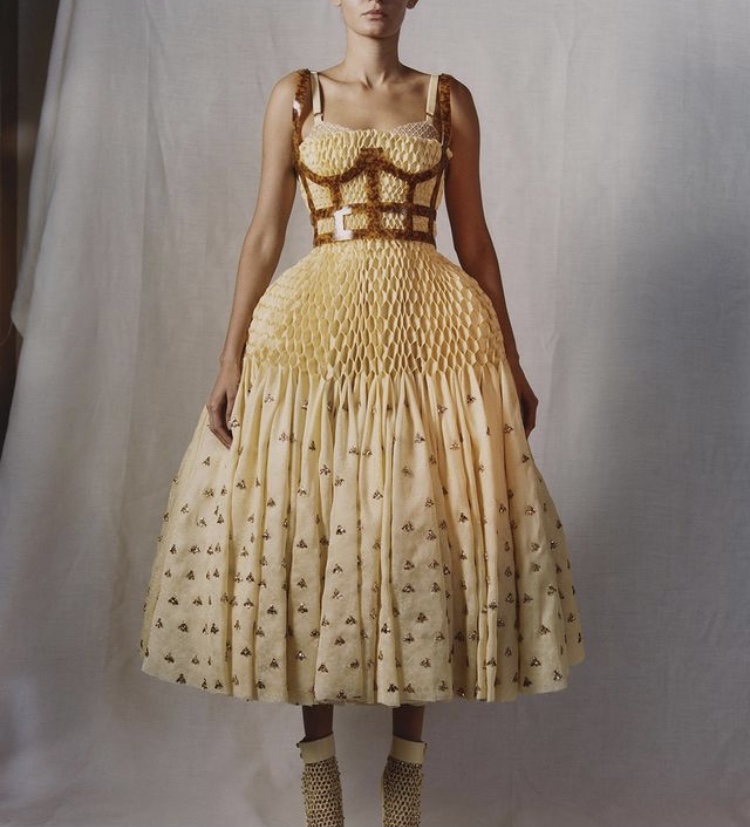
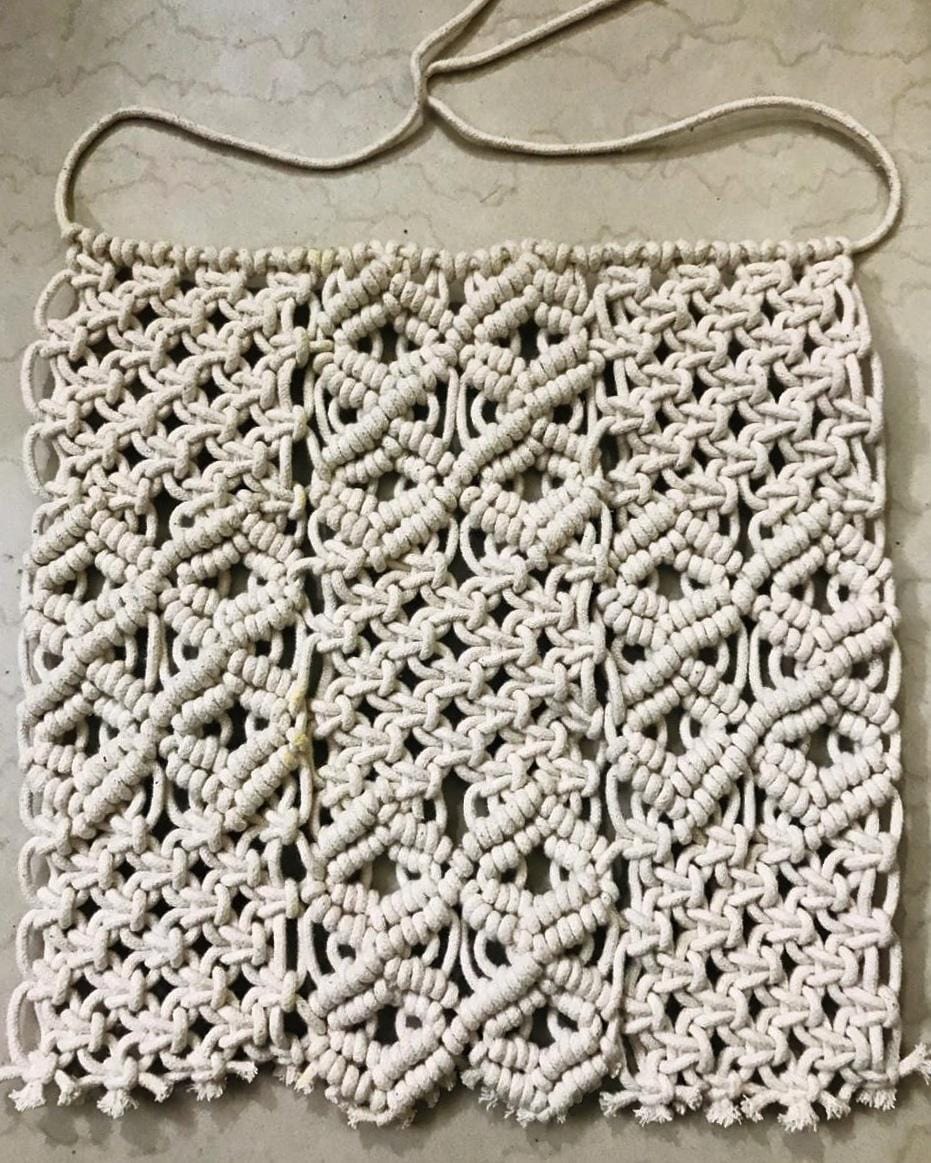
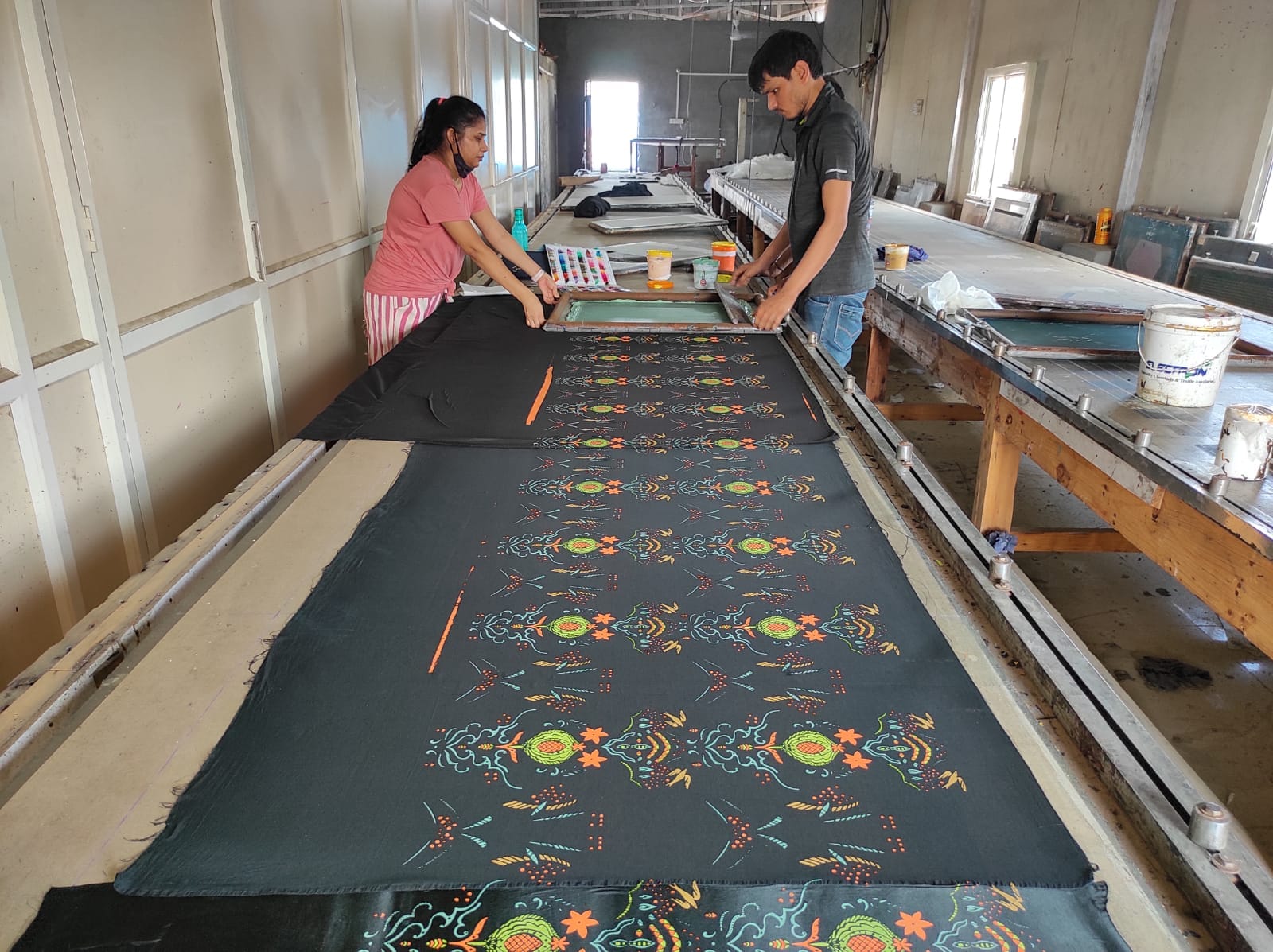
 History of Screen Printing
History of Screen Printing 